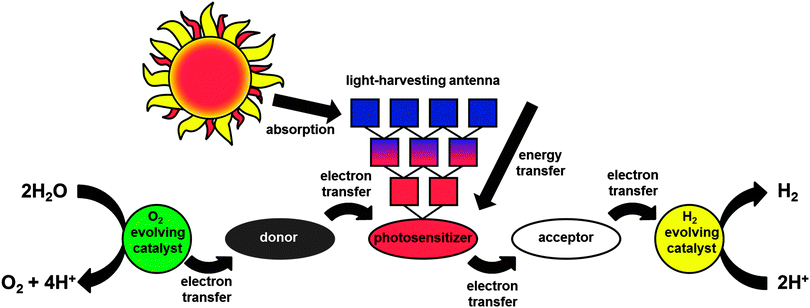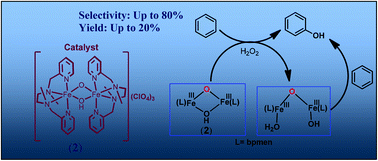
Welcome to our Group Page
Bioinorganic Chemistry Research Lab @ NIT Sikkim

Research in the lab focuses on understanding the roles of metal ions in biology. The group combines synthesis with a range of spectroscopic and kinetic techniques to develop suitable metal catalysts for Dioxygen Activation, C-H transformations and Water Oxidation.
Water Oxidation
Hydrogen is considered to be the cleanest C-neutral energy source and thus, an artificial energy harvesting method should be able to split water into oxygen and hydrogen. This involves four electron oxidation of water into oxygen, protons and reducing equivalents (electrons) followed by the reduction of protons to molecular hydrogen. I am interested in exploiting the rich redox properties and biocompatibility of the 1st row transition metals to achieve sustainable electrochemical/ photochemical water splitting under ambient conditions.

Bioinspired Catalysis
Metalloenzymes catalyze numerous ‘challenging’ chemical transformations with remarkable ease. This includes oxidation of methane to methanol by Methane monooxygenases (MMO), cis-hydroxylation of olefins by Rieske dioxygenases, selective halogenation of unreactive alkanes by α-ketoglutarate dependent enzyme SyrB2 etc. Development of structural and functional mimics of these exciting enzymes is absolutely essential for the evolution of synthetic catalysts. The research aim is, therefore, based on design and synthesis of synthetic mimics of the metalloenzymes and utilizes them as catalysts under ambient conditions.

Metal-dioxygen adducts
Activation of dioxygen by transition metal complexes is of paramount importance from the standpoint of both biology and synthetic chemistry. In biology, metal centres bind dioxygen and form metal-superoxo intermediate. Due to the doublet state, metal-O2•–species becomes reactive and picks up an electron to for peroxo species. Protonation of the latter for the corresponding hydroperoxo transients, which, undergo O-O bond cleavage to form high-valent oxometal transients.
The metal-oxygen adducts exhibit unique reactivity pattern and mediate a variety of electrophilic and nucleophilic reactions, viz., hydrogen-atom abstraction, hydroformylation of olefins, DNA cleavage, aliphatic and aromatic hydroxylation etc.
We are interested in the synthesis and spectroscopic characterization of the metal-dioxygen intermediates using first-row transition metal complexes and dioxygen (or reduced dioxygen) and to explore their efficacy towards hydroformylation of olefins, cyclopropanation, aziridination reactions.
